How To Raise Acid Levels in Soil? Know the Easy Steps!
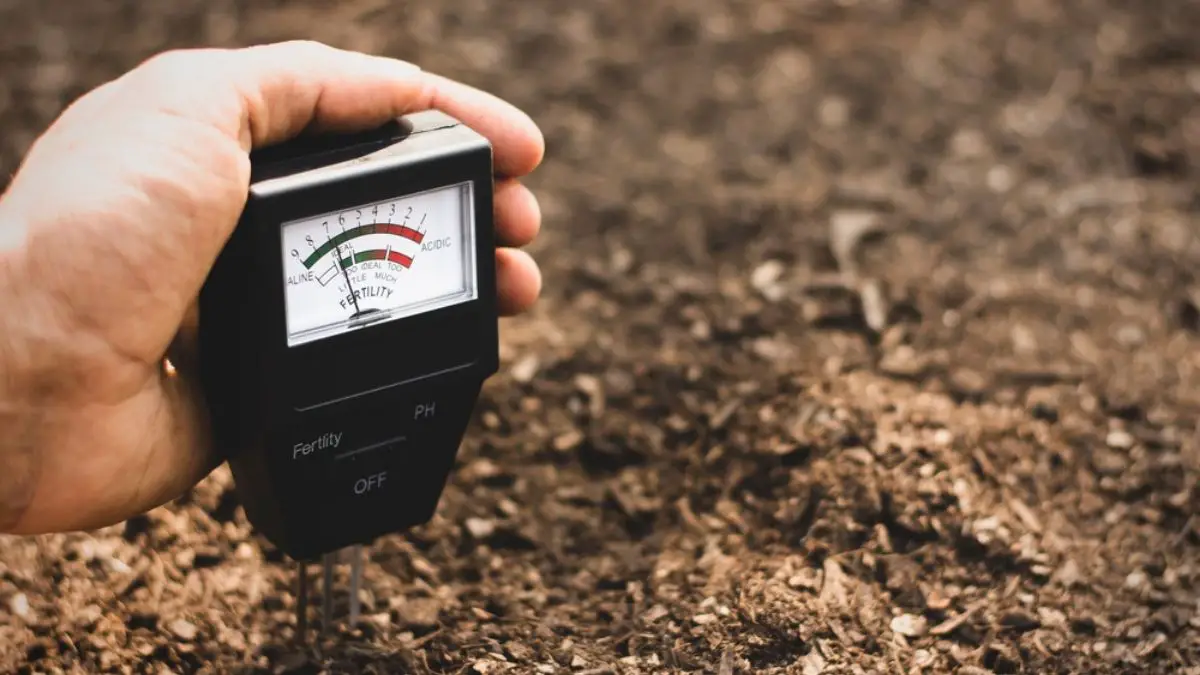
There are many plants that like acidic soil but what if the soil you have is not acidic enough? Don’t worry, you can reverse the situation by taking some measures that increase the acidic levels. All you have to do is start looking about how to raise Acid Levels in soil. But that’s the biggest problem there is- the search for the correct methods!
You have to correct the pH with a few ways to keep those acid-loving plants happy. Having said that, there is a lot of advice on the internet that could lead you astray. We’ll show you how to increase acidity in the soil and what to avoid. Are you ready? Let’s begin!
What is Soil pH?
Soil pH refers to the concentration of hydrogen ions present in the soil (where your plants’ roots are). The pH of your soil will range from 0 to 14 with 0 being the most acidic and 14 being the most basic.
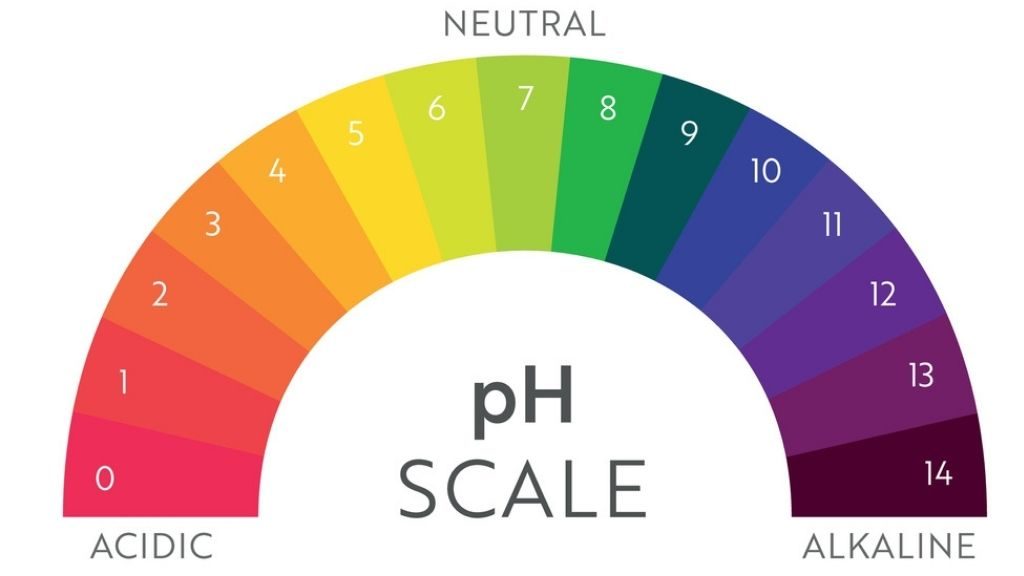
If the pH of the soil is less than 5, it is called acidic. If the readings are above pH 7.5, it’s alkaline. But how you can determine the pH levels of soil? It is determined by a soil test you do with a pH meter or pH measuring strips.
Why Do Soil pH Levels Need Adjusting?
It is no secret that plants require nutrients right from the beginning to grow properly. But they can’t uptake these nutrients if the soil is too alkaline or too acidic. Plants will be healthier and produce more flowers or fruit if the soil pH is balanced. If the pH of the soil is not in the desired range, then Improving the soil by adding several things can assist. However, be cautious because maintaining pH is not that easy.
To raise the pH in the water for plants add lime, wood ash, or a specifically developed solution. While to increase the soil acidity, we can add a number of amendments!
How to Raise Acid Levels in Soil?
People ask, how to increase the acidity level in soil, and here are the answers that you are looking for. You can use both inorganic and organic methods to increase the soil acid level. The inorganic method consists of the application of Ammonium Based Fertilizers that release nitrate and hydrogen ions. To increase the soil acidity level organically, You add Garden sulfur, sphagnum moss, compost tea, mulch, and coffee grounds.
How to raise Soil Acidity with Ammonium based fertilizers?
People search online, how do you acidify soil quickly and the answer is fertilizers. Want to know which fertilizer increases the acidity of soil?
Well, ammonium-based fertilizers are those which increase the acidity after leaching down the soil. Nitrogen is present in such fertilizers which is the main cause of the acidification. We know that there are certain bacteria present in the soil which are converting one thing into another. Similarly, Ammonium nitrogen is converted into nitrate and hydrogen ions which go on to reduce the pH of the soil.
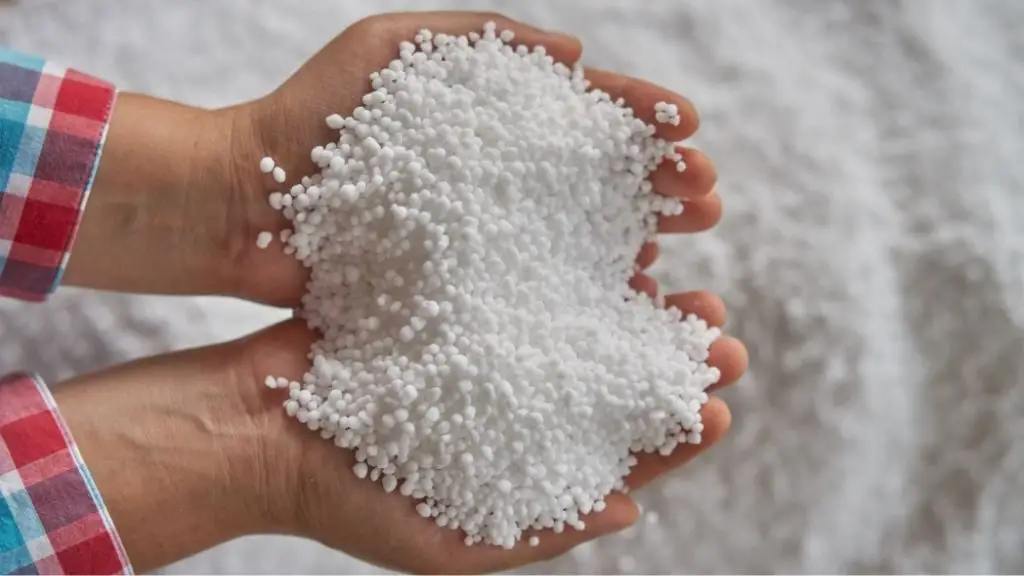
How to Increase Soil Acidity with Elemental Garden sulfur?
People who search, how to raise acid levels in soil should know about sulfur. Adding elemental sulfur, aluminum sulfate, or sulfuric acid to the soil reduces the pH most efficiently. The substance you use is determined by how quickly you want the pH to alter.
Sulfuric acid (often known as battery acid) is quick-acting and lowers soil’s pH faster. Moreover, you can also use aluminum sulfate for making DIY pH down.

It is better to use natural methods to reduce the pH of soil. People often ask us how to raise the Acid Level in soil organically? Fortunately, there are certain organic methods for raising the acid level in the soil. Here are some suggestions for reducing the pH level organically.
How to Increase Soil Acidity with Compost Tea?
People often ask us how to lower soil pH in potted plants. The answer is watering your plants with compost tea might also assist in naturally acidifying the soil. It’s also an excellent technique to provide fast-acting nutrients to your plants.
Pour some compost tea into the bucket (about 1-2 cups per gallon of water) and stir it every 48 hours or so to ensure that it steeps properly. Using a strainer, separate the soil from the liquid. Then, fill a sprayer with the liquid and use it to water your plants.
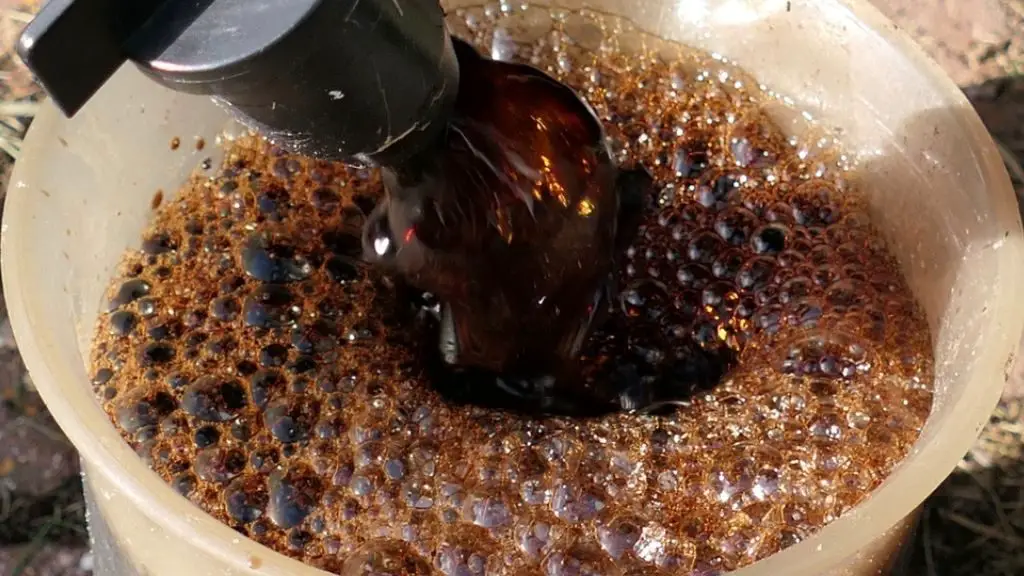
How to Increase Soil Acidity with Mulch?
If you are wondering how to lower pH in soil naturally in your garden beds, use organic mulch. Mulching with pine needles or oak leaves can help to increase the acidity of the soil. Organic mulches are also advantageous for a variety of additional reasons, including soil erosion reduction, moisture retention, temperature regulation, and the release of beneficial nutrients into the soil.
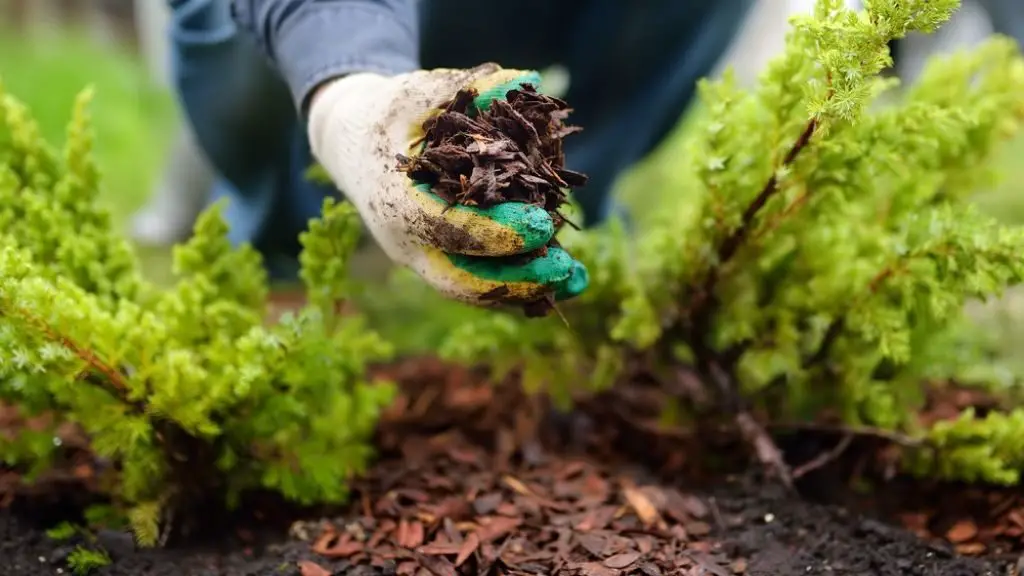
How to increase acidity level in soil with Coffee Grounds?
Those who love growing shrubs often ask how to make soil acidic for gardenias? We recommend using coffee grounds. Yes, don’t underestimate the power of coffee! Coffee grounds can be used to scatter over your garden or added to your compost pile. Moreover, as coffee grounds decompose, they will contribute to the acidification of your soil.

How to increase acidity in soil with Sphagnum Peat Moss?
Those people who always think about how to increase the acidity level in soil should try peat moss. It can assist in gradually lowering the pH. Peat moss is a great soil additive for acid-loving plants, and it’s simple to apply. Simply spread one to two inches of peat moss on top of the soil and push it into the soil with a tiller or shovel. This peat will also add to the soil’s healthy organic matter.

How to Adjust the pH in Water for Plants?
Adjusting the pH in water or hydroponics is also instrumental in providing plants with optimal surroundings. Want to know how to naturally lower pH in hydroponics or water?
Add pH Lowering Solution to increase the Acidity
If your plants are growing in water, soil, or something solid like perlite, hydrate them with the pH lowering solution. Add the pH lowering solution directly to the soil or to a nutrient solution if you’re growing hydroponically.
To make a DIY pH lowering solution, you can add acidic substances (like lemon juice) in neutral water. Mix two tablespoons of lemon juice into a gallon of water and stir it thoroughly, then, add it to the soil and make sure you don’t spill some onto the leaves. If you do spill some on the leaves, then burning spots will appear.
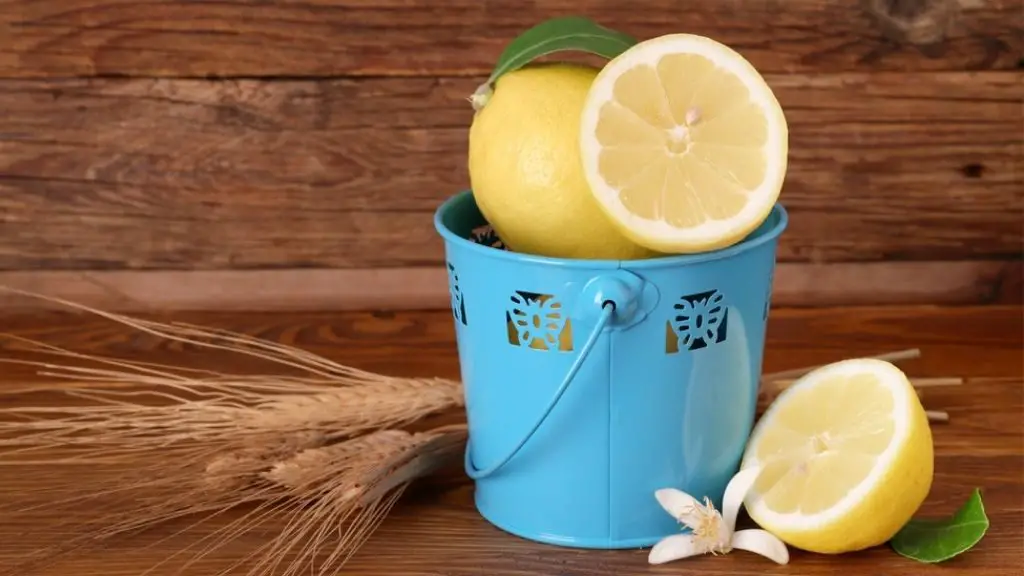
Add pH Down Liquid
DIY pH Down is a product manufactured by General Hydroponics that is super effective in increasing the acidity of water. You start with adding a little pH down in the water and check the acidity level with the help of pH measuring strips or a pH meter. Keep adding the liquid little by little until you record the desired pH or acidity level.
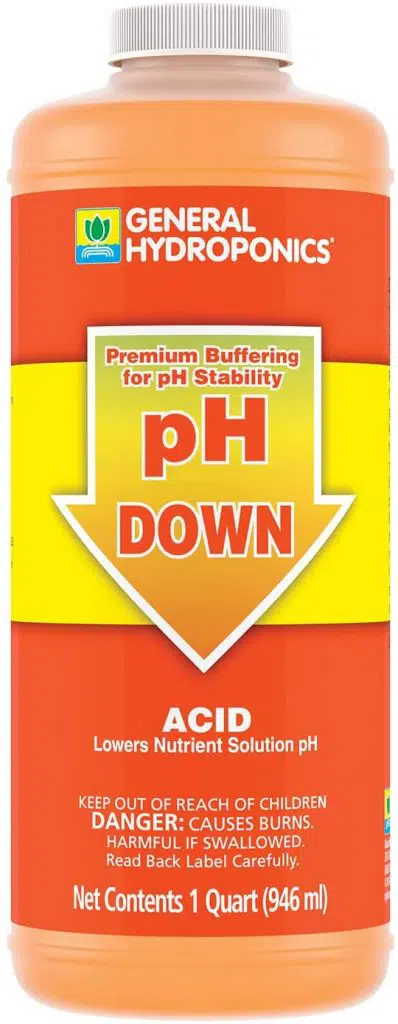
What Type of Plants Grow in Acidic soil?
Most landscape plants and turf grasses prefer a slightly acidic soil pH of around 6.5. On the other hand, some plants require more acidic soil to thrive. These are some of the acid-loving plants that require soil to have less pH.
Vegetables
- Potato
- Reddish
- Peppers
- Sweet potato
Fruits
- Cranberries
- Gooseberries
- Blueberries
Flowers
- Japanese Iris
- Begonia
- Zinnia
- Camellia
- FoxGlove
Trees & Shrubs
- Pin Oak
- Willy Oak
- Dogwood
- Gardenia
- Holly
- Azalea
Wrapping Up
All-inclusive, maintaining the proper amounts of acidity in garden soil can be an ongoing challenge for gardeners. If you’re planning to grow plants, you must know your soil’s pH level. You can use a pH meter or pH strips to know the current pH (acidity) condition of the soil. If the pH turns out to be alkaline, then you have to take some important measures to make your acid-loving plants happy.
You asked, how to raise acid levels in soil and we answered! Add ammonium-based fertilizers, mulch, peat moss, coffee grounds, and pH lowering solutions for this purpose. We are certain that your acid-loving plants will find their happy place in your garden bed if you use these methods!
FAQs About How To Raise Acid Levels In Soil
How can I make my soil more acidic naturally?
People ask, how to raise acid levels in soil organically without harming plants or the environment. Well, You can add peat moss, mulch, and coffee grounds to your garden in order to reduce the pH levels.
What is the fastest way to raise pH in soil?
The most effective way to lower the pH quickly is to add elemental sulfur, aluminum sulfate, or sulfuric acid to the soil. Sulfuric acid (sometimes known as battery acid) is a fast-acting acid that lowers the pH of soil quickly.
Do coffee grounds acidify soil?
Those who want to know how to raise acid levels in soil should know that the coffee grounds can help you do this. It is also the easiest way to raise acidic levels naturally. Coffee grounds can be sprinkled throughout your garden or added to your compost pile.
How does baking soda raise the PH in soil?
You can add baking soda to raise the pH level in the soil. People ask, how to reduce soil acidity and basic soda solution application is a correct answer. For every gallon of water, use one tablespoon of baking soda. Before putting the items in your garden, make sure they’re completely mixed.
Related Topics:








